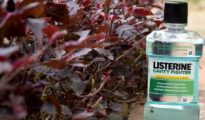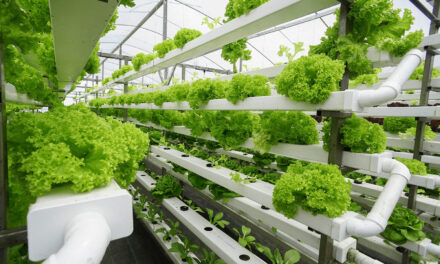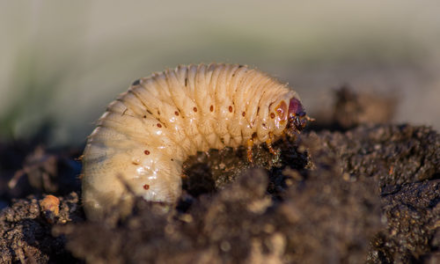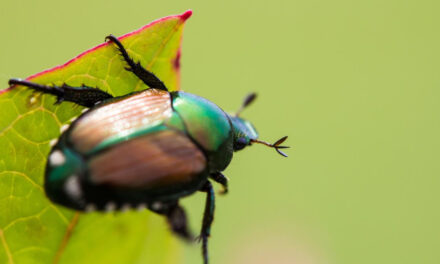Learn how to get rid of black spots on leaves once and for all! Black spots on leaves can come from a variety of sources, including fungi, bacteria, and environmental stress. In some cases, they may indicate a plant disease or nutrient deficiency. It’s important to determine the source of the black spots before attempting to get rid of them.
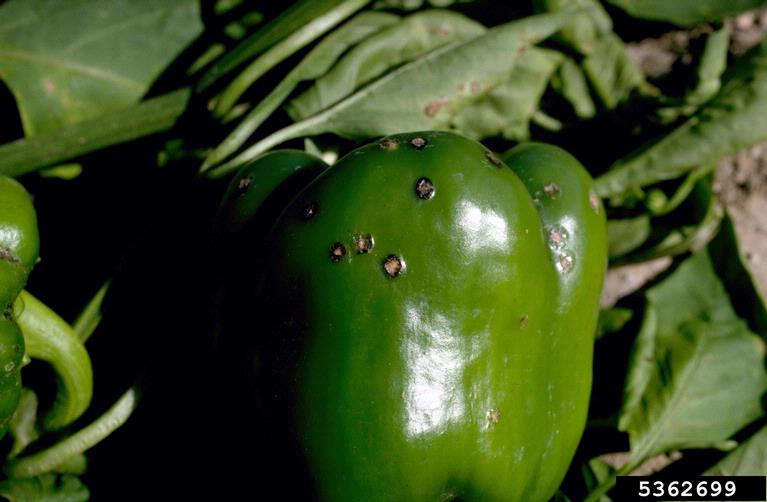
Identifying the Source of Black Spots on Leaves
Before you can begin treating black spots on leaves, it’s important to identify what is causing them. If the spots are caused by a fungus or bacteria, there are specific treatments for each issue. Some common causes include:
Fungal infections – Fungi such as powdery mildew and anthracnose causes circular black spots with light-colored centers that turn yellow or brown.
Fungus gnats – These small, black flies lay their eggs in soil and the larvae feed on plant tissue. This causes light brown spots to form on leaves.
Bacterial infections – Bacteria-caused leaf spots tend to be circular and dark in color with a yellow halo.
Environmental stress – When plants are under environmental stress, such as too little or too much water, they may develop black spots from dehydration or nutrient deficiencies.
Treating Black Spots on Leaves
Once you’ve identified the cause of the black spots on your leaves, it’s time to start treating them. Here are some common treatments for different types of black spots:
Fungal infections – Fungal infections can be treated with a fungicide or by eliminating the conditions that are causing them. Make sure to keep your plants properly watered and prune any infected leaves or stems.
Bacterial infections – Bacterial infections can be treated with antibiotics or other anti-bacterial treatments. However, these treatments may not be effective on all types of bacterial infections.
Environmental stress – If environmental stress is the cause of black spots on leaves, it’s important to identify what is causing the problem and take steps to correct it. You may need to adjust watering schedules, move plants to more suitable locations, or fertilize if needed.
Regular maintenance will also help reduce the occurrence of black spots on leaves. Make sure to properly clean and disinfect all tools and containers that come into contact with your plants, as this will help prevent the spread of fungal and bacterial infections. In addition, it’s important to check your plants regularly for signs of disease or distress, and take action promptly if any problems arise. By taking preventive measures and treating black spots on leaves promptly, you can keep your plants healthy and free from diseases.
Remember: Proper identification and treatment are key to getting rid of black spots on leaves. If you’re unsure how to proceed, it’s best to consult a professional who can advise you on the best course of action.
Other Ways to Get Rid of Black Spots
Aside from using a fungicide, there are other ways of getting rid of black spots on leaves. First, you can prune away any affected areas of the plant. Pruning should be done with care and caution—too much or too little can damage your plant’s health. Second, you can introduce beneficial insects that feed on fungus into the area in order to prevent further spread of the disease. Finally, it is important to keep up with regular maintenance such as pruning and fertilizing your plants regularly in order to maintain their health. Following these steps should help you get rid of black spots on leaves and keep your plants healthy and disease free.
Plants That Are Most Commonly Affected by Black Spots
Many plants can be affected by black spots, but some are more prone than others. These commonly affected plants include roses, tomatoes, peppers, and cucumbers. If you’re growing any of these plants in your garden, it’s important to keep an eye out for signs of black spot and take action immediately if any problems arise.
In summary, black spots on leaves can be caused by a variety of issues ranging from fungal or bacterial infections to environmental stressors. Proper identification is key to determining the cause and taking effective treatment measures—consulting a professional may be beneficial in this regard. Pruning away infected areas, applying fungicides or pesticides, introducing beneficial insects into the area, and maintaining regular care is an integral part of getting rid of black spots on leaves.


